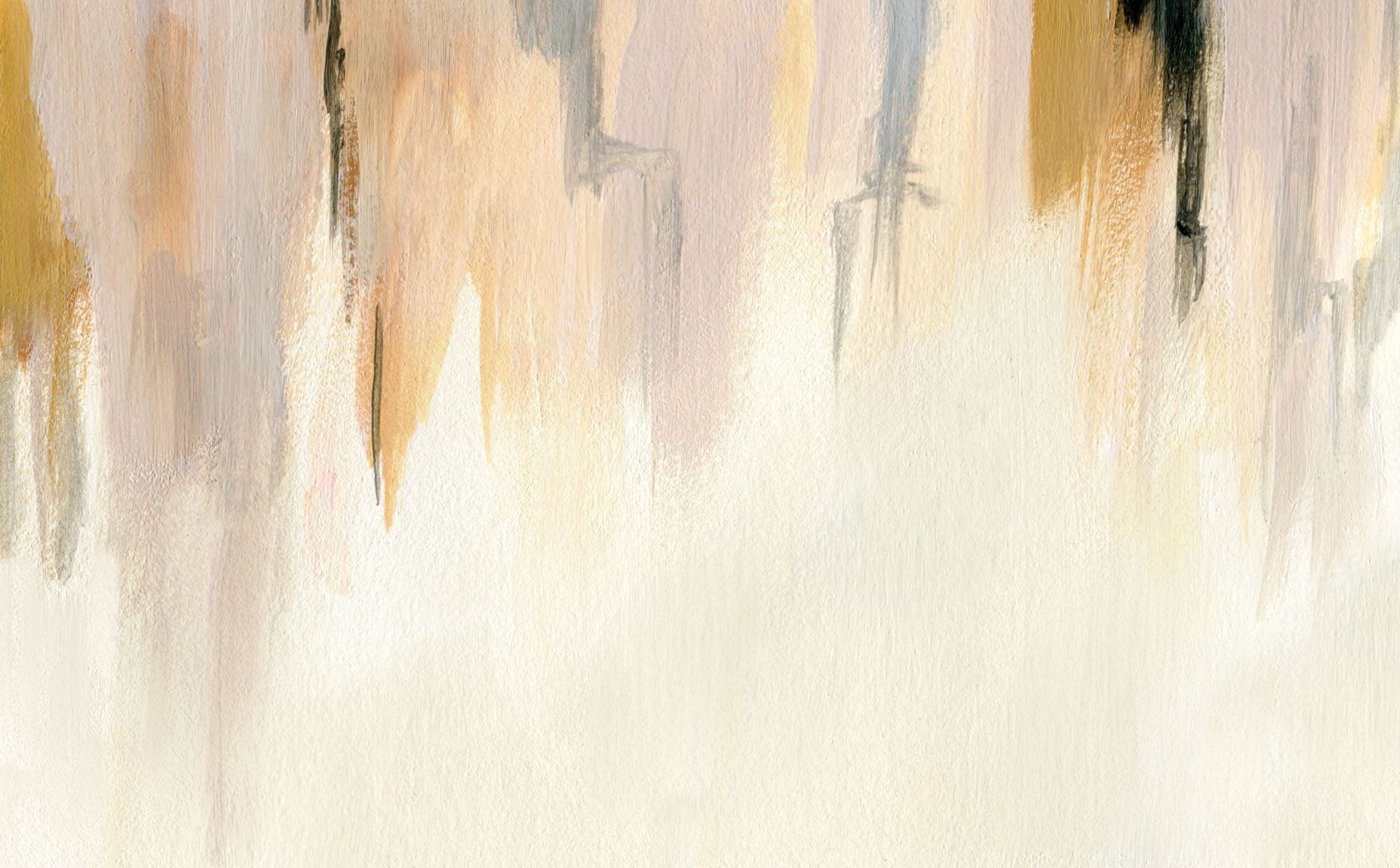In the digital age, the aesthetic appeal of computer backgrounds has emerged as a popular means of personal expression. Among the plethora of styles available, the neutral aesthetic stands out, captivating users with its subtle charm. This phenomenon raises an intriguing question: why do individuals gravitate toward such understated designs? The answer is multifaceted and reveals deeper cultural and psychological undercurrents.
The neutral aesthetic, characterized by soft tones, minimalistic designs, and serene imagery, tends to evoke calmness and clarity. Unlike vibrant colors or intricate patterns that can overwhelm the senses, these backgrounds create a tranquil workspace. The allure of neutrality lies in its ability to harmonize with various personal styles while fostering a sense of tranquility. This particular aesthetic serves as a visual respite in an increasingly chaotic world, providing individuals with a much-needed sanctuary amidst the noise of everyday life.
One might argue that this preference for neutral aesthetics is a reaction to the vivid and chaotic imagery often encountered in digital environments. Throughout various platforms, from social media feeds to high-resolution gaming backgrounds, the saturation of colors and complex themes can quickly lead to overstimulation. As a counterbalance to this sensory overload, neutral aesthetics function as a form of visual detox, allowing users to reclaim their focus and maintain composure. Furthermore, the simplicity inherent in these designs allows for greater versatility, making them suitable for both professional settings and personal use.
Incorporating a neutral aesthetic into one’s digital landscape can also be interpreted as a conscious choice towards sustainability. The environmental movement has permeated various facets of life, including art and design. As individuals increasingly recognize the impact of consumerism on climate change, there is a growing tendency to appreciate simplicity and sustainability in various forms. Neutral backgrounds often eschew extravagance, opting instead for understated materials and themes that align with an eco-conscious mindset. This shift towards mindful consumption reflects an intricate relationship between aesthetic preferences and environmental advocacy.
Psychologically, the inclination towards neutral aesthetics can be derived from the human need for balance and equilibrium. Environments that elicit a sense of stability are conducive to productivity and mental well-being. Studies in environmental psychology indicate that stable visuals can foster cognitive clarity and diminish stress levels. By selecting a calming desktop wallpaper, users can create a supportive backdrop for their daily tasks. The serenity brought forth by neutral tones acts not only as a visual anchor but also as a source of motivation, allowing users to navigate their worlds with clarity and purpose.
The fascination with neutral aesthetics also extends beyond mere functionality; it reflects a deeper cultural shift towards minimalism and intentional living. Minimalism encourages individuals to live with less, thereby focusing on quality over quantity. In the realm of digital design, this translates into an appreciation for simple, clean designs that prioritize essential elements. Such a worldview resonates in a society increasingly concerned with clutter, whether it be physical, visual, or mental. Neutral backgrounds symbolize a rejection of excess, promoting a lifestyle that values simplicity, efficiency, and purpose.
In conjunction with societal trends, the rise of remote work has further enhanced the appeal of neutral aesthetics. As home offices become more prevalent, individuals seek to create spaces that inspire productivity while maintaining a sense of comfort. By opting for neutral wallpapers, employees may feel a greater connection to their work environment, fostering a sense of professionalism and focus. The aesthetics of the workspace have profound implications on work performance and satisfaction, thus reinforcing the importance of intentional design choices.
The digital realm serves as a reflection of our identities, and the backgrounds we choose subtly communicate our values and preferences. Opting for a neutral aesthetic can signify a commitment to mindfulness, sustainability, and intentionality. In a world inundated with bright lights and constant distractions, the selection of neutral designs embodies a desire for quietude and balance. It expresses an understanding that less can indeed be more.
Moreover, the engagement with neutral aesthetics can also be linked to a search for authenticity. In contemporary culture dominated by constant comparison and perfectionism, individuals are often pressured to showcase an idealized version of themselves. Opting for simple, unembellished backgrounds not only alleviates this pressure but also promotes the idea of being comfortable in one’s own skin. It encourages a return to authenticity, where one does not need to resort to extravagance to convey depth or personality.
The digital aesthetic landscape is a vibrant tapestry woven from diverse threads of style and self-expression, yet the neutral aesthetic occupies a unique space. It serves as a gentle reminder of the power of simplicity amid complexity. Whether as a reaction against chaotic stimuli, a reflection of cultural values, or a personal choice for tranquility, the neutral aesthetic encapsulates a nuanced understanding of the relationship between environment and experience. As individuals continue to curate their digital worlds, the coherent charm of neutral backgrounds will likely persist, offering solace, clarity, and a touch of elegance in an ever-evolving technological landscape.
